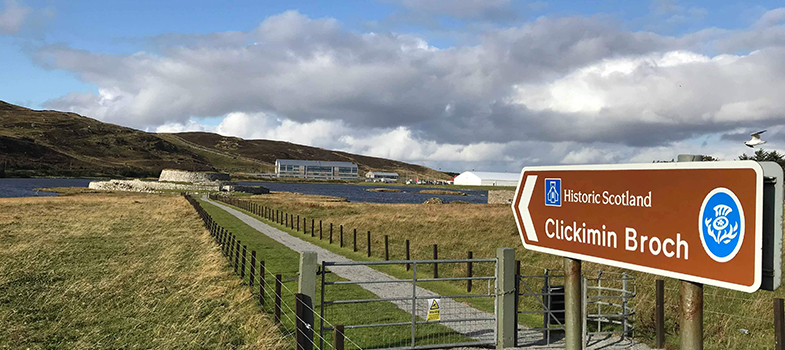Unit 13: Storytelling, comedy and popular culture
Introduction
Storytelling belongs first of all to an oral culture, which is not written down, remaining fluid, and relatively uncontrolled. When something is written down in a manuscript or a book, there is a standard against which other versions can be compared or corrected. Since the emergence of writing, political, social and religious institutions have privileged written records over oral memory and tradition.
This has had a huge influence on the survival and evolution of the Scots language. Having lost its role as a contemporary written language in the 17th century, Scots continued to thrive as a spoken tung. This led to Scots often being associated with aspects of culture that were not sanctioned by authority, or explicitly dissident. To gie tung or ‘raise your voice’ could be seen as anti-authority, an expression of cultural resistance and human freedom.
Consequently, people were told to curb or haud their tungs. And the forms of punishment administered by local courts included restraining the tongue, as for example with a Scold’s Bridle. In the Bridle the tongue is bitted, i.e. bitten or held in a metal brace. In extreme instances tongues were also removed, while another cruel physical punishment was the removal or cropping of lugs – the ears. Clearly all the organs of oral communication were targeted for repression, control and punishment. This was done to impose social order in communities where drunkenness and physical fighting were not uncommon.
Verbal abuse and flyting also came to the fore, which raised quarrels to a level of verbal skill and artistry. Until the 19th century travelling entertainers in Scotland – pedlar poets, storytellers and sangsters – were classified as vagrants and subject as social outcasts to restrictions on movement and settlement, and at times cruel restraints. The same regime applied to unlicensed beggars or sorners and to Scotland’s Travelling People – sometimes called Tinkers, ‘Gypsies’ or ‘Egyptians’.
However, such official disapproval could not prevent the general population continuing to sing and story in Scots, (though it did mean that such activities took place in unofficial venues: homes, taverns and around camp fires – rather than in school, church or tollbooth). Nonetheless, there is evidence that Scotland’s nobility continued to patronise poets, harpers, storytellers and even fools or jesters in the privacy of their castles and halls.
This may be why Scotland’s older traditions of oral song and story often feature the castle and the cottage, neglecting urban settings.
Important details to take notes on throughout this section:
- the resilience of oral storytelling
- the popularity of ‘kitchen ceilidhs’, ‘backgreen’ concerts, ‘speakeasies’ and ‘penny gaffs’ in the 19th century and onwards
- music halls and the dominance of English “in a Scottish accent”
- pantomime, television and comedy on stage.
Activity 1 
Before commencing your study of this unit, you may wish to jot down some thoughts on the important details we suggest you take notes on throughout this unit. You could write down what you already know about each of these points, as well as any assumption or question you might have.
